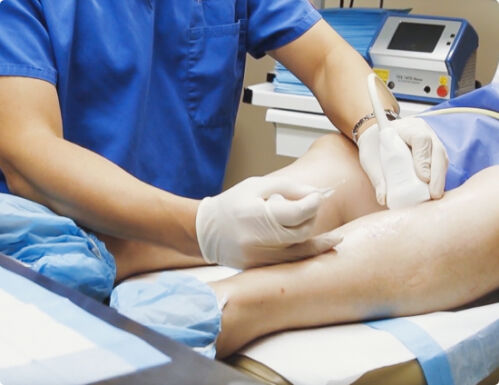
Happy Passover & Happy Easter 2019
Whether your family celebrates Passover starting on April 19 or Easter on April 21, the staff at Center for Vein Professionals hopes that your family enjoys the holiday.

How are Varicose Veins Diagnosed?
Varicose veins are a common problem for adults in the U.S., affecting both men and women as they reach the later years of their lives. While you may be all too familiar with the sight of those bulging vessels, you may not realize that varicose veins are often a sign of an underlying vein condition known as chronic venous insufficiency or CVI.

Spring is in the Air: Can Shorts Be Far Behind?
While this month’s forecast shows temperatures ranging from 35 to 67 degrees, much warmer weather will be here soon.
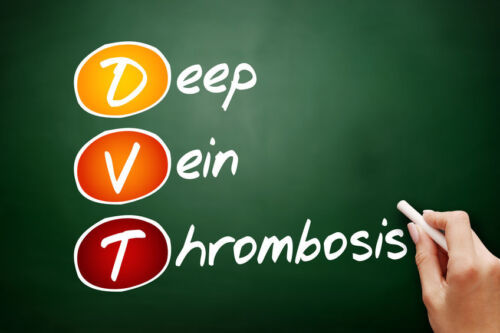
March is DVT Awareness Month
You may have heard about Deep Vein Thrombosis (DVT), which is the formation of a blood clot in a deep vein. A Public Health Initiative. But you may not know that March is DVT Awareness Month.

Six Fun Facts About Valentine’s Day You May Not Know
St. Valentine is part myth and part legend. Whoever he was, he became the catalyst for a wonderful annual celebration of love. Read on to find some interesting facts that we at Center for Vein Professionals found very interesting…

What is Restless Leg Syndrome? | by Dr. Carabasi
Restless leg syndrome or RLS is a neurological disorder that affects many adults and even some children in the U.S. The condition is characterized by an uncomfortable sensation and an almost irresistible urge to move the legs. Movement tends to relieve the discomfort, but must be repeated for an extended period of time to maintain the relief.
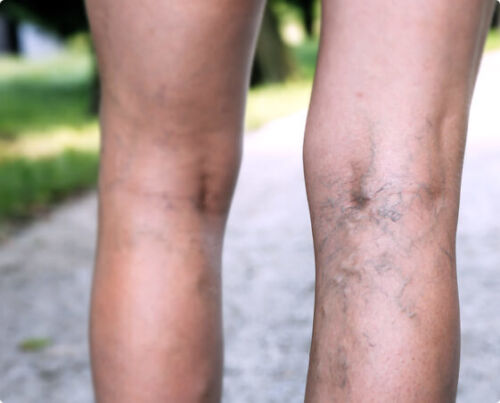
Are Varicose Veins Dangerous?
With their twisted, bulging, purple or blue protrusions snaking up the legs, there’s no doubt varicose veins can be unsightly. Approximately 25 percent of women in the United States struggle with these swollen vesses. The problem is not restricted to female patients; as many as 15 percent of men also experience this condition. Many choose not to consult a physician if they don’t cause significant discomfort, believing treatment to be unnecessary if their varicose veins are asymptomatic.

6 Ways to Reduce Your Risk of Deep Vein Thrombosis
DVT is caused by a blood clot that develops deep in the veins, most often in the legs or lower body. The clot can obstruct blood flow and cause heavy swelling, pain, and discoloration in the affected area.
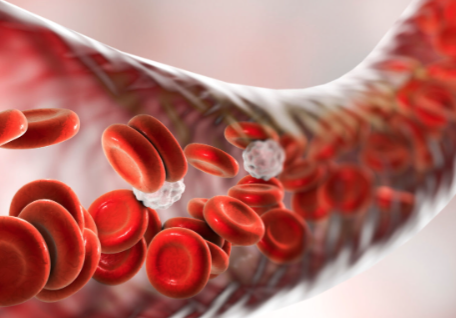 About Vein Disease
About Vein Disease
 Spider Veins
Spider Veins
 Varicose Veins
Varicose Veins
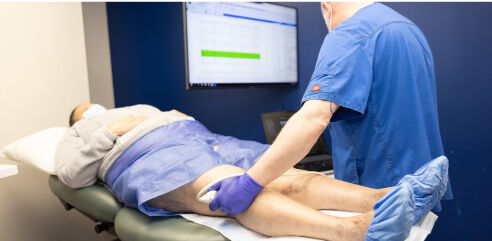 Vein Disease Treatments
Vein Disease Treatments
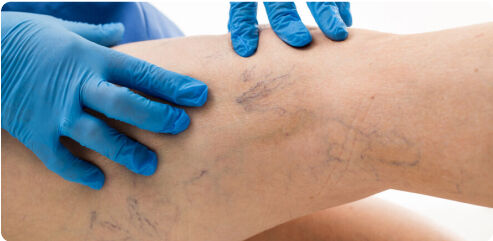 Treating Spider Veins
Treating Spider Veins
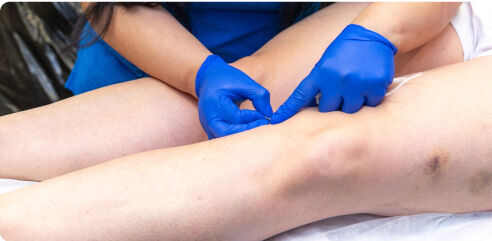 Treating Varicose Veins
Treating Varicose Veins
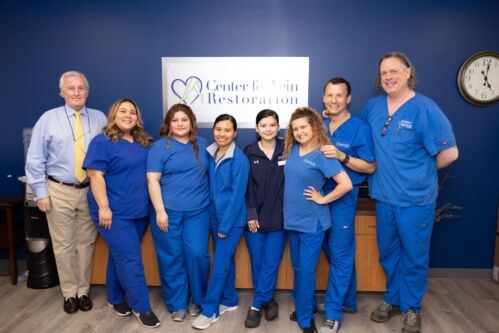 About Us
About Us
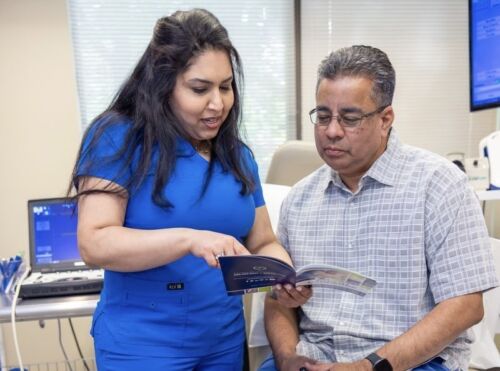 Patient Resources
Patient Resources
 Physician Resources
Physician Resources
